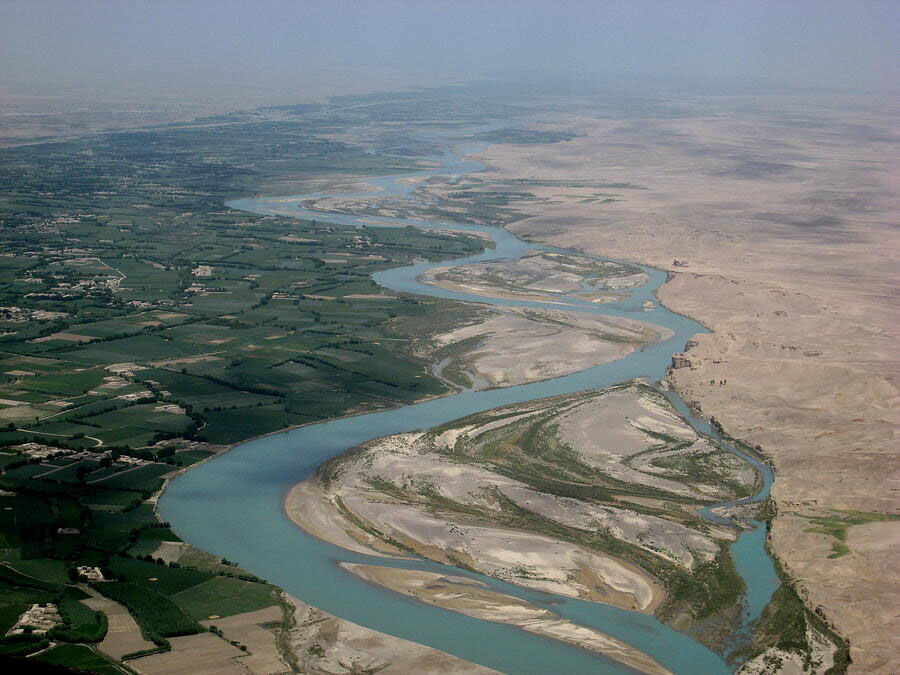Helmand water flows from Afghanistan into Iran

TEHRAN – Afghanistan has released water from the border Helmand River toward Iran, Hassan Kazemi Qomi, the Iranian special envoy for Afghanistan, has said.
“Through continuous diplomatic interaction and organizational cooperation, the water released from Afghanistan entered Sistan today,” IRIB quoted Kazemi Qomi as saying on Saturday.
Negotiations will go on for securing a stable flow of water from the Helmand River to Sistan-Baluchestan province, he added.
Afghanistan and Iran have been involved in a prolonged dispute for many years over water sharing. In a 1973 agreement on water sharing, the two parties agreed that Afghanistan would provide Iran with an average of 820 million cubic meters of water annually.
The Islamic Republic has chastised Afghanistan for breaking the deal on several occasions.
The development of many hydroelectric projects on the river, most notably the Kamal Khan dam in Nimrouz province and the Kajaki dam located 100 miles (160 kilometers) northwest of Kandahar province, has exacerbated the situation.
On July 29, President Ebrahim Raisi urged serious action on Iran's water rights from Helmand.
In a 1973 agreement on water sharing, the two parties agreed that Afghanistan would provide Iran with an average of 820 million cubic meters of water annually.
Raisi gave the go-ahead for the issue to be addressed by the nation's foreign and energy ministries, stating that “a popular government would, under no pretexts, back down from pursuing the nation’s rights.”
Foreign Minister Hossein Amir Abdollahian said in July that Kabul's decision to permit Tehran to use its water right would serve as an essential indicator of the Afghan government's adherence to its commitments under international law toward the Islamic Republic.
He cited Sistan-Baluchestan in southeast Iran as being dependent on Helmand's water, warning that if the problem was not expeditiously and seriously rectified, it might harm other areas of cooperation between the two nations.
He pointed to the efforts of the diplomatic apparatus to solve the environmental crises, saying that unfortunately part of the environmental crises that the region is facing is due to the wars that have occurred in the region over the last two or three decades and these wars have negatively affected the environment.
“Regarding this issue, Iran is trying to create peace, stability, and sustainable security in the region and avoid war. The second part of it refers to the issue of water diplomacy and this is an issue that is on the agenda of the foreign ministry and the energy ministry,” he added.
The Iranian deputy energy minister for water affairs Mohammad Javanbakht said in June that the Taliban-led government in Kabul should do more to implement the terms of the agreement.
Javanbakht said that Iran had received only 4 million cubic meters (mcm) from an annual water right of 820 mcm under the Helmand River Water Treaty since the start of the current water year in October, Press TV reported.
MG
Leave a Comment